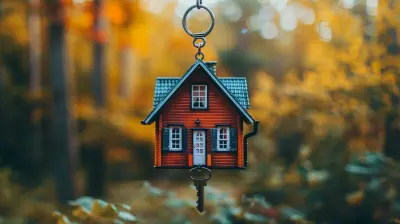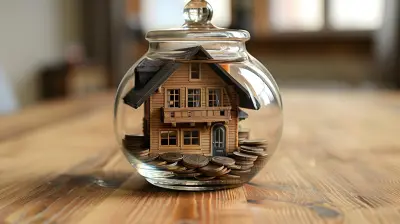Common Challenges of Owning a Mountain Cabin Vacation Home
16 August 2025
Owning a mountain cabin vacation home can be a dream come true—breathtaking views, fresh air, and a peaceful retreat from the hustle and bustle of everyday life. But let’s be real—it’s not all sunshine and cozy fires. Maintaining a cabin tucked away in the mountains comes with its own set of unique challenges. From extreme weather conditions to unexpected maintenance issues, there's plenty to consider before taking the plunge.
If you’re thinking about buying a mountain cabin—or already have one—you'll want to be prepared for these common hurdles. So, let’s dive in and talk about what you need to keep in mind when owning a mountain cabin vacation home. 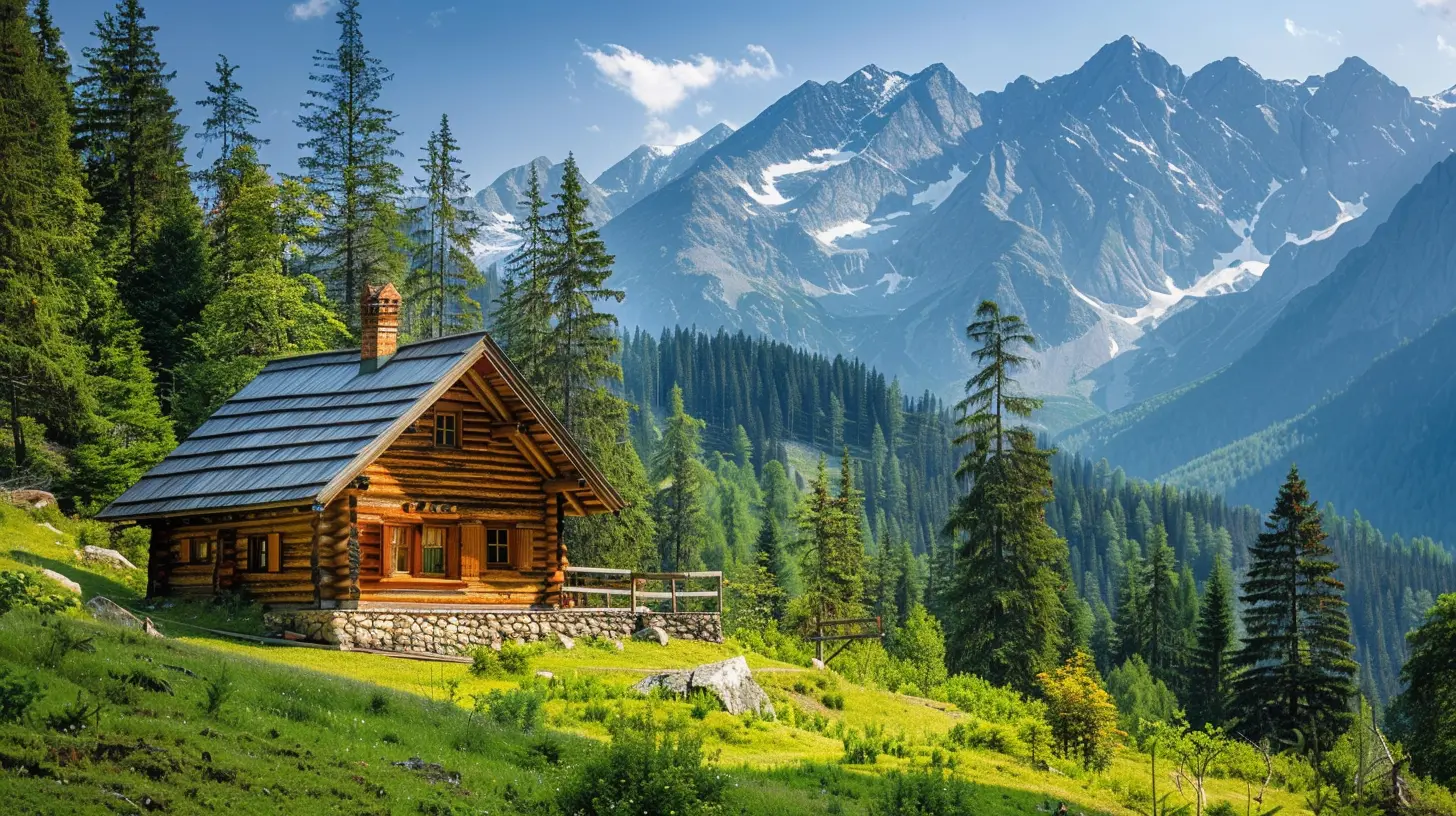
1. Battling Harsh Weather Conditions
One of the biggest challenges of owning a mountain cabin is dealing with extreme weather. Mountain regions often experience heavy snowfall, torrential rain, or high winds—sometimes all in the same season.Winter Woes
Snow can be beautiful, but it can also make accessing your cabin a nightmare. Roads may become impassable, power lines can go down, and if your heating system fails, you could end up dealing with frozen pipes.💡 Tip: Invest in backup power sources like a generator and ensure your heating system is winter-ready. Having a snow removal plan—or even hiring someone local—can save you from being stranded.
Summer Storms and Wildfires
While winter storms are an issue, summer can bring its own set of problems—wildfires and heavy rains that trigger mudslides. Mountain regions are often prone to wildfires, posing a major risk to your property.💡 Tip: Keep the area around your cabin clear of dry vegetation and follow local fire regulations. Having an emergency plan in place is crucial. 
2. Maintenance Can Be a Full-Time Job
Cabins require significantly more upkeep compared to regular homes. Being exposed to extreme weather all year round means there’s constant maintenance to be done.Dealing with Wood Rot and Pest Infestations
Wooden cabins are charming, but they come with their drawbacks—wood rot and critters like termites, carpenter ants, and rodents. If left unchecked, these can cause serious structural damage.💡 Tip: Regularly inspect your cabin for signs of water damage and pests. Applying a fresh coat of sealant on the exterior can protect the wood from moisture.
Keeping Utilities Running Smoothly
Mountain cabins often rely on well water, septic systems, and sometimes even off-grid power solutions. Any issues with these utilities can be harder to fix compared to homes in urban areas.💡 Tip: Schedule routine inspections of your septic system and well water to avoid costly surprises. If you're relying on solar or propane energy, have backup supplies on hand. 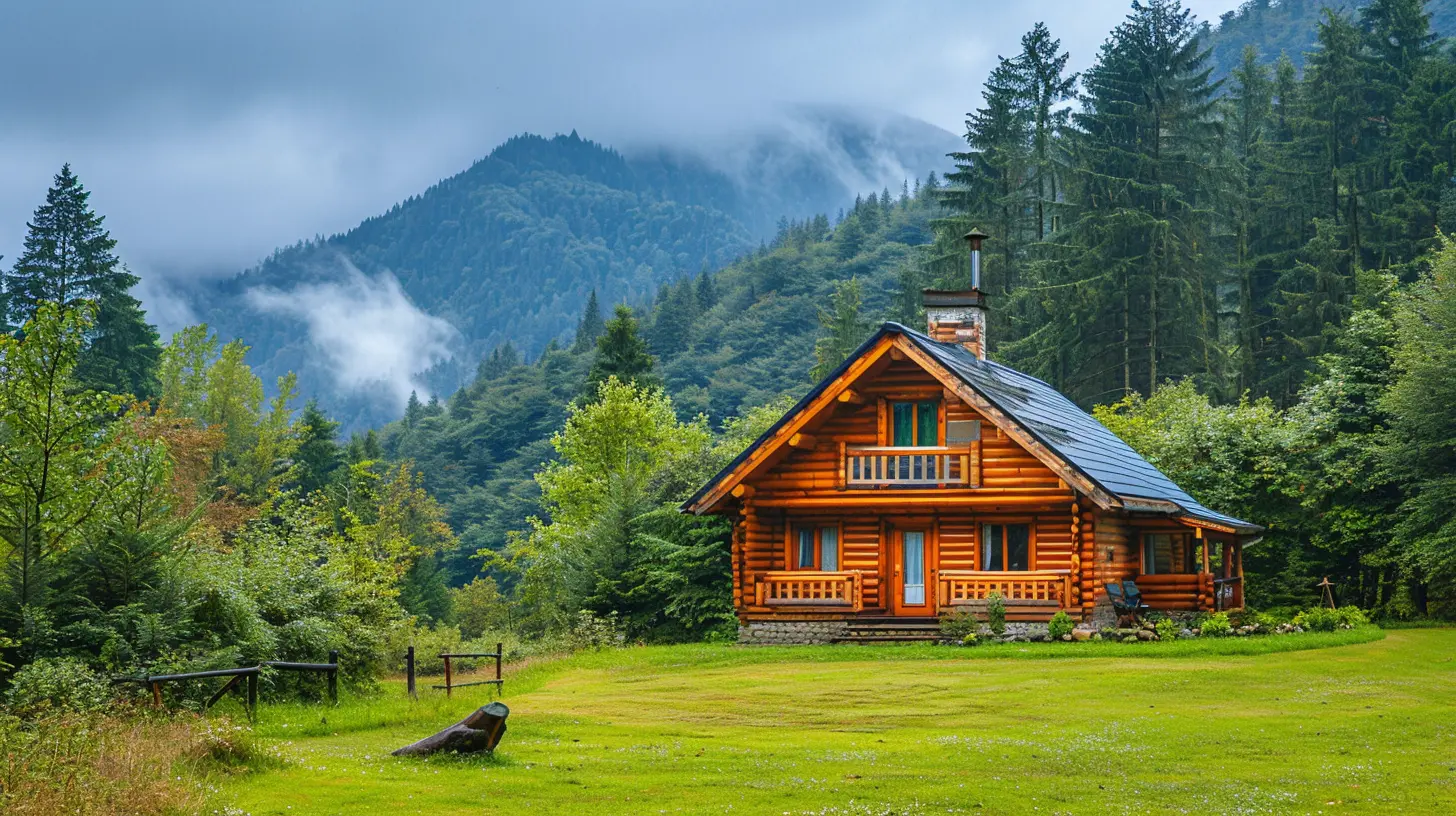
3. Limited Accessibility and Transportation Issues
The dream of an isolated mountain retreat is great—until you need to get groceries, medical care, or a simple contractor to fix something.Seasonal Access Issues
If you're not living at your cabin year-round, getting there in bad weather can be tricky. Some mountain roads aren’t maintained in winter, meaning you might need a snowmobile just to reach your front door.💡 Tip: Before purchasing, check how accessible the cabin is year-round. If you're in a remote area, plan for emergencies with extra food, water, and medical supplies.
Emergency Services Might Be Far Away
A remote location can mean long wait times for medical help or emergency responders. If an accident happens, help may not arrive quickly.💡 Tip: Keep a well-stocked first aid kit and consider taking a basic first aid or wilderness survival course. Having a satellite phone can also be useful in areas with unreliable cell service. 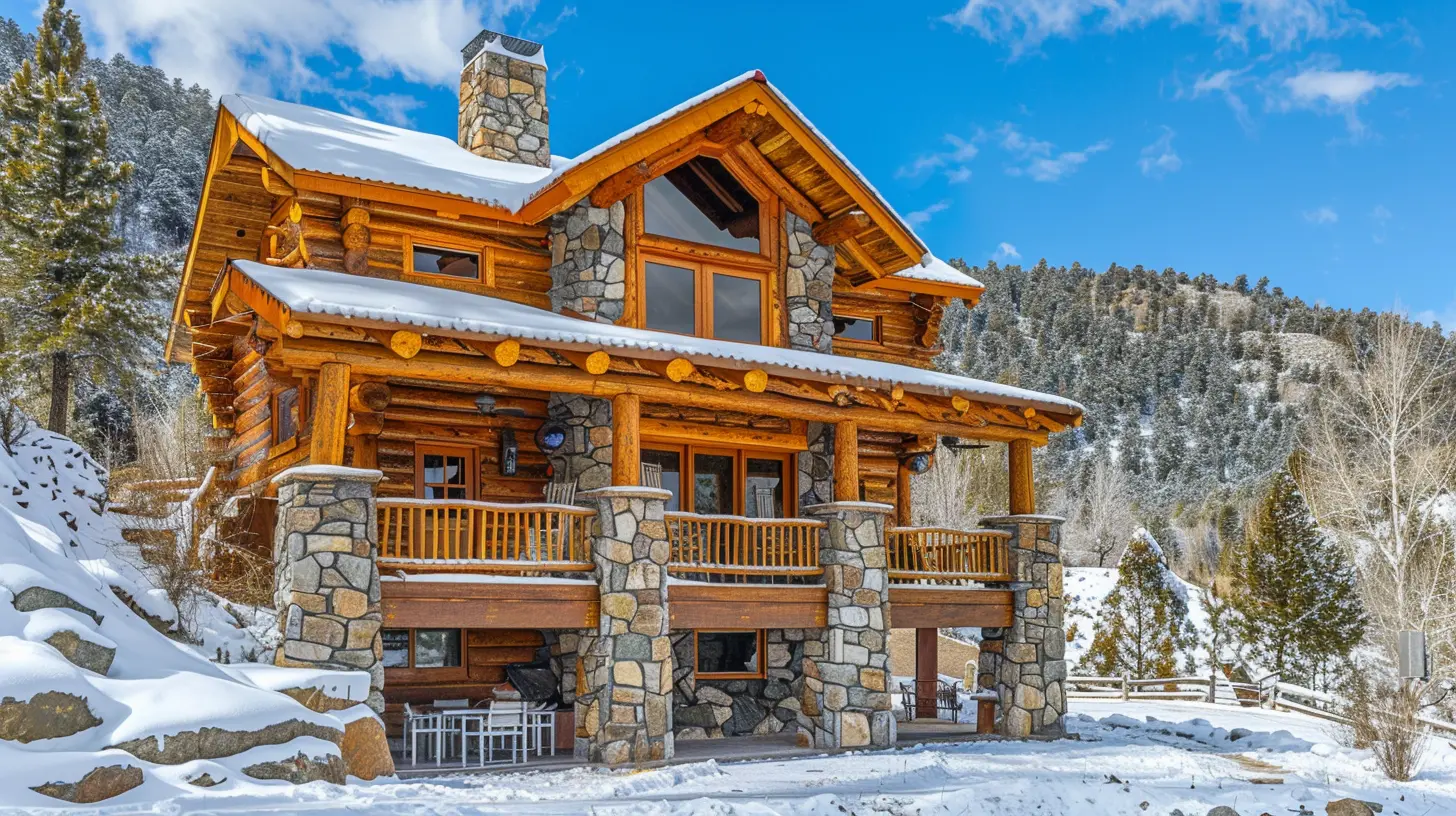
4. Security Concerns in a Remote Location
A cabin in the woods sounds peaceful, but being far from neighbors and law enforcement can make it vulnerable to break-ins, trespassers, or even wildlife wandering inside.Theft and Vandalism
Since mountain cabins are often unoccupied for long periods, they can be easy targets for burglars. Even if your cabin isn’t packed with valuables, thieves may steal tools, appliances, or even copper wiring.💡 Tip: Install security cameras and motion-sensor lights. Smart locks and remote monitoring systems can help you keep an eye on your cabin from afar.
Wildlife Visitors
Bears, raccoons, and other critters can be surprisingly good at breaking into homes. If food is left behind, you might return to find a bear-sized hole in your door.💡 Tip: Never leave food in or around the cabin. Secure garbage bins and consider installing bear-proof doors and windows.
5. The Financial Costs Add Up Quickly
Owning a vacation home isn’t just about the mortgage—there are plenty of hidden costs that mountain cabin owners should prepare for.Higher Insurance Rates
Because mountain homes are prone to wildfires, floods, and other natural disasters, insurance rates for cabins can be significantly higher than a standard home.💡 Tip: Shop around for insurance policies that specifically cover mountain homes. Make sure you understand what’s covered (and what’s not).
Property Taxes and HOA Fees
Many mountain communities have homeowners’ associations (HOAs) that charge fees for maintaining roads, community areas, or essential services. Even if there’s no HOA, property taxes for a second home can add up.💡 Tip: Before buying, factor in all ongoing costs to make sure the investment is financially sustainable.
Unexpected Repairs and Upgrades
From roof repairs to plumbing issues, fixing things in a remote location can be costly. Finding contractors willing to travel to your cabin can also be a challenge.💡 Tip: Keep an emergency repair fund. If you’re handy, learning DIY maintenance skills can save you thousands over time.
6. Renting It Out Can Be Complicated
Many cabin owners offset costs by renting out their property when they’re not using it, but managing a short-term rental in a mountain location isn’t always easy.Seasonal Demand and Rental Logistics
Mountain destinations may have peak seasons, but renting it out in the off-season can be tough. Managing bookings, cleaning, and maintenance from afar can also be a headache.💡 Tip: Consider hiring a local property manager or using a short-term rental management service to handle guest check-ins, cleaning, and maintenance.
Local Regulations and Restrictions
Some mountain towns have strict short-term rental laws, limiting how often you can rent your cabin. Others may require special permits and fees.💡 Tip: Research local regulations before listing your cabin on rental sites. Not following the rules could result in hefty fines.
Final Thoughts
Owning a mountain cabin vacation home is an exciting adventure, but it’s not without its fair share of challenges. From battling the elements to handling unexpected repairs and security concerns, mountain living requires careful planning and preparation.That said, if you love the peace, the views, and the thrill of owning a getaway that’s truly off the beaten path, all the extra effort might just be worth it. Just make sure to go in with your eyes wide open, a solid plan in place, and a backup plan—because Mother Nature doesn’t always play nice!
all images in this post were generated using AI tools
Category:
Vacation HomesAuthor:

Elsa McLaurin
Discussion
rate this article
1 comments
Lara Snyder
Owning a mountain cabin is like having a love affair with nature—beautiful, exhilarating, but often fraught with unexpected challenges, from weather woes to maintenance mishaps. Choose your adventure wisely!
September 3, 2025 at 4:26 AM

Elsa McLaurin
Absolutely! Owning a mountain cabin truly is a romantic yet challenging journey. Embracing both the beauty and the hurdles is key to making the most of this unique adventure.
